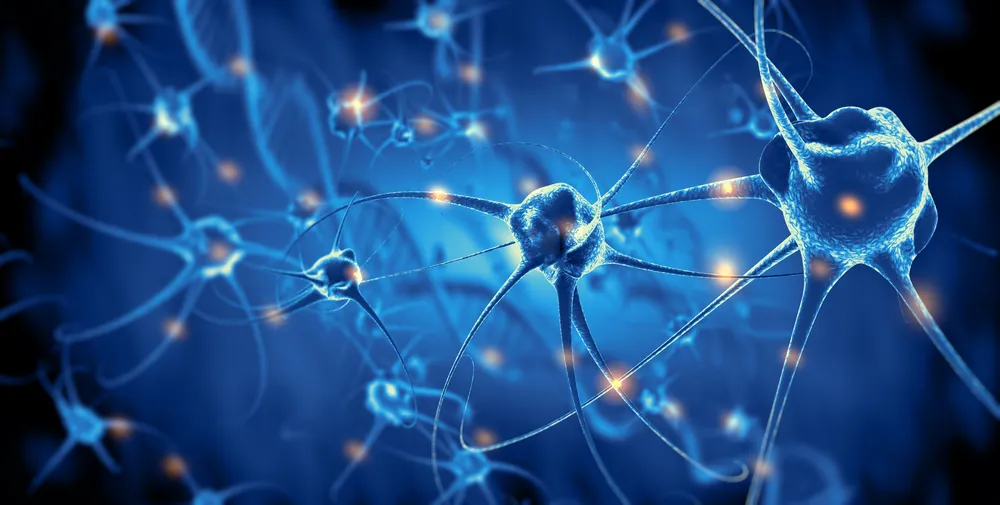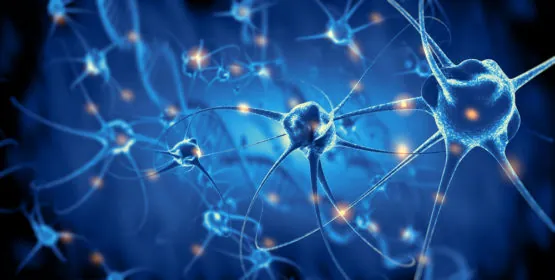Researchers at the Department of Biological Sciences at Lehigh University in Bethlehem, Pennsylvania, discovered that a protein known as Scarlet has protective effects against the fruit fly version of Parkinson’s disease [1].
Abstract
Parkinson’s Disease (PD) is characterized by the loss of dopaminergic neurons, resulting in progressive locomotor dysfunction. Identification of genes required for the maintenance of these neurons should help to identify potential therapeutic targets. However, little is known regarding the factors that render dopaminergic neurons selectively vulnerable to PD. Here we show that Drosophila melanogaster scarlet mutants exhibit an age-dependent progressive loss of dopaminergic neurons, along with subsequent locomotor defects and a shortened lifespan. Knockdown of Scarlet specifically within dopaminergic neurons is sufficient to produce this neurodegeneration, demonstrating a unique role for Scarlet beyond its well-characterized role in eye pigmentation. Both genetic and pharmacological manipulation of the kynurenine pathway rescued loss of dopaminergic neurons by promoting synthesis of the free radical scavenger Kynurenic Acid (KYNA) and limiting the production of the free radical generator 3-hydroxykynurenine (3-HK). Finally, we show that expression of wildtype Scarlet is neuroprotective in a model of PD, suggesting that manipulating kynurenine metabolism may be a potential therapeutic option in treating PD.
Parkinson’s disease
Parkinson’s disease (PD) is a neurodegenerative disease that causes so-called dopaminergic neurons to gradually die off in an area of the brain called the substantia nigra. The result of this neuronal loss is an impairment in locomotor function, shaking, and rigidity; at advanced stages, dementia becomes common as well. The factors causing these specific neurons to die are still poorly understood.
The study
In order to better understand the genetic basis that drives the selective degeneration of dopaminergic neurons, researchers at the laboratory of Dr. Daniel Babcock ran a series of experiments on a fruit fly model of the disease.
They found out that flies with a mutation in the Scarlet gene eventually suffered from progressive dopaminergic neuron loss and impaired movement coordination, similar to Parkinson’s disease in humans, and had shorter lifespans. This gene is also responsible for the brown color of the fruit flies’ eyes, and its mutated version leads to a bright red color instead.
The researchers further discovered that manipulating the quantity of metabolites in the kynurenine metabolic pathway, which is present in both humans and invertebrates, within dopaminergic neurons can ameliorate neurodegeneration caused by the defective Scarlet protein.
This provided evidence that lack of a functional version of Scarlet may lead to PD; however, the researchers also wanted to test whether the presence of a working version of the protein may have a protective role against Parkinson’s disease. To do so, they resorted to a fruit fly model of the disease in which WT human α-synuclein was expressed in the insects’ dopaminergic neurons; it is known that expressing this protein in dopaminergic neuron populations in fruit flies leads to substantial neuronal loss, and, indeed, the model showed signs of neurodegeneration within 21 days. However, the researchers observed that when both α-synuclein and a working version of Scarlet were expressed at the same time, neurodegeneration was prevented; the result was the same for three different variants of α-synuclein.
Conclusion
If mice are not humans, fruit flies are even less so, so it is very early to tell whether or not this will have implications for the treatment of PD in human patients; however, the researchers are confident that a better understanding of which genes are required for the preservation of dopaminergic neurons will eventually help research into therapeutic and preventative treatments for Parkinson’s patients.
Literature
[1] Cunningham, P. C., Waldeck, K., Ganetzky, B., & Babcock, D. T. (2018). Neurodegeneration and locomotor dysfunction in Drosophilascarletmutants. Journal of Cell Science, jcs.216697




